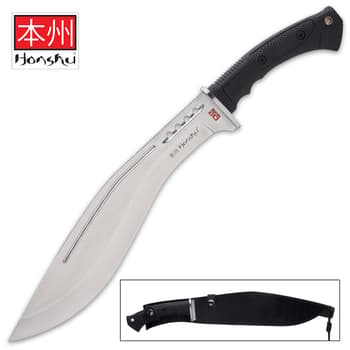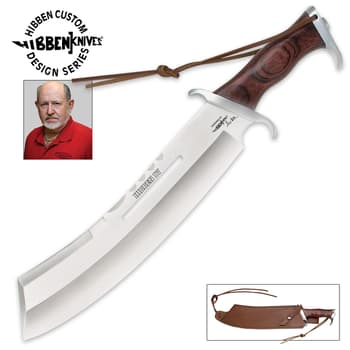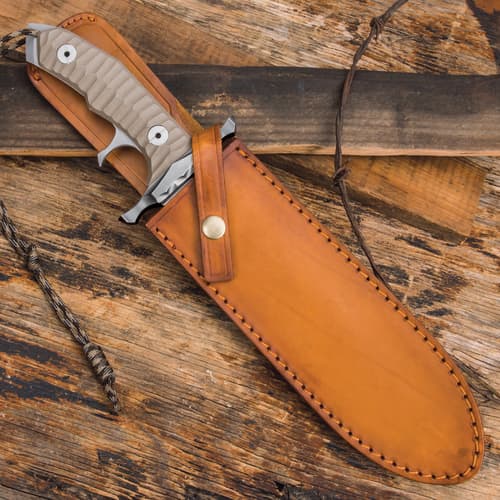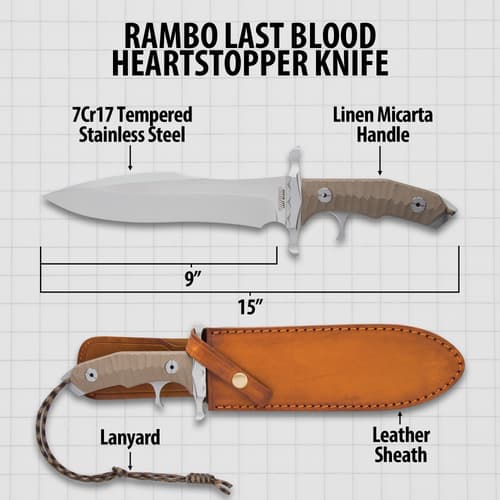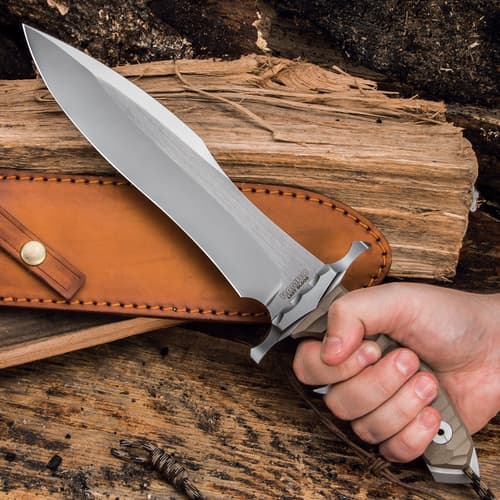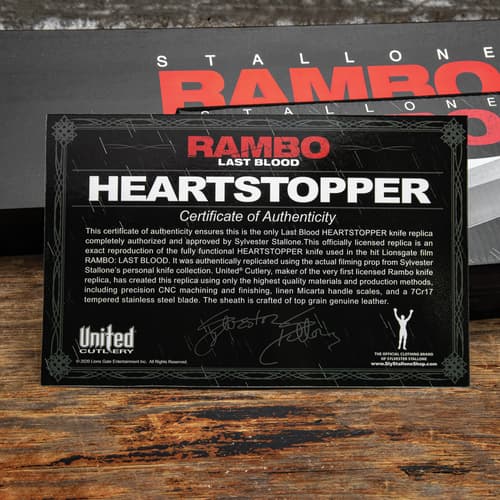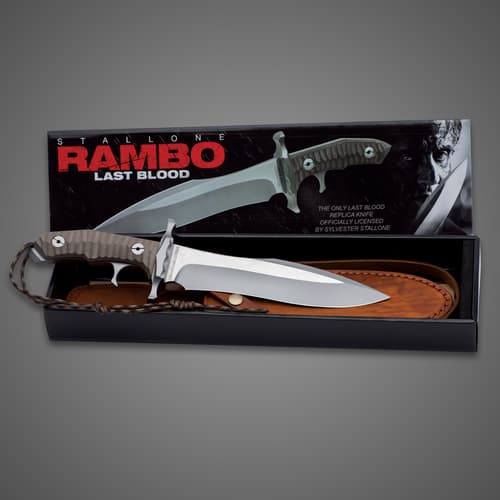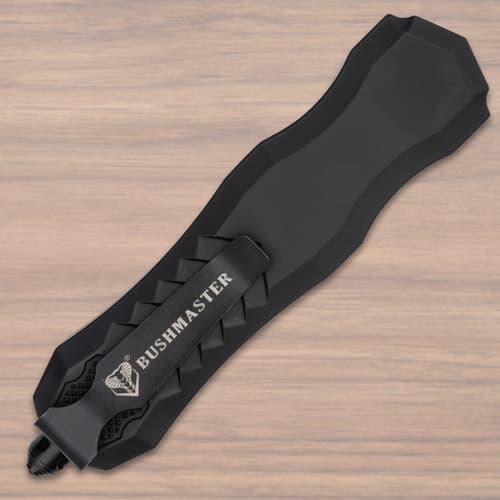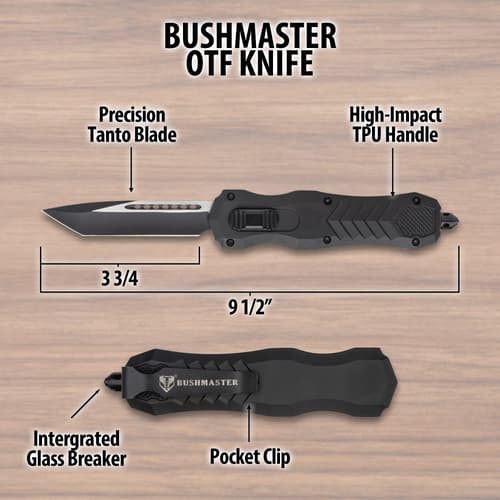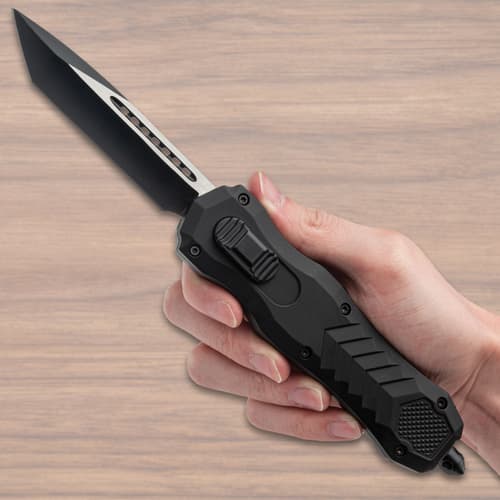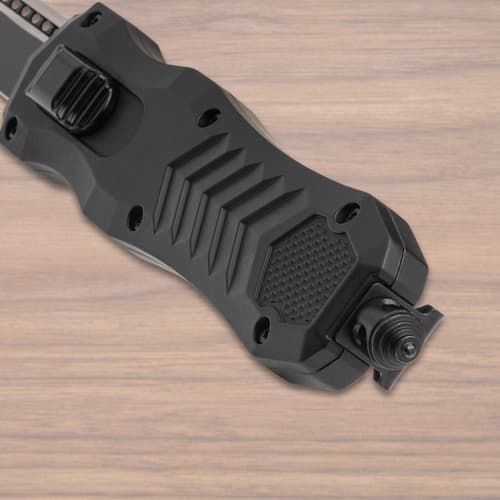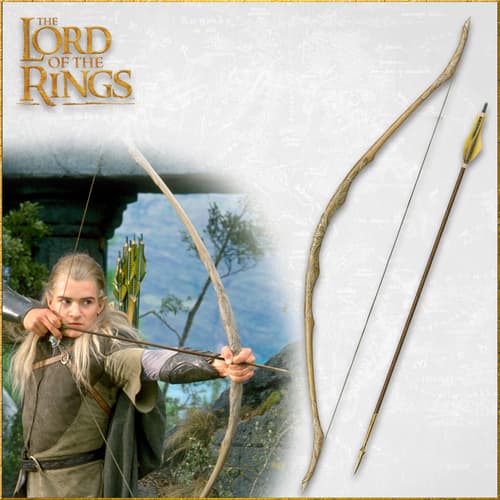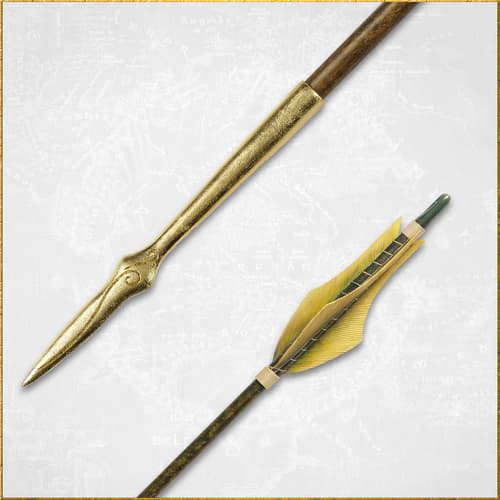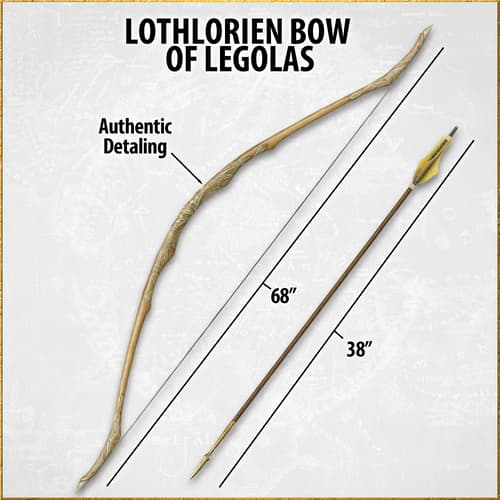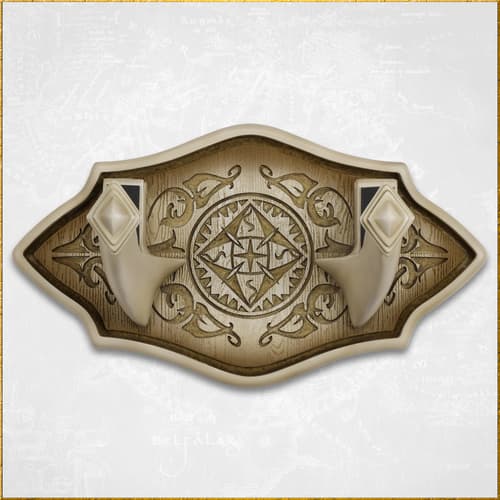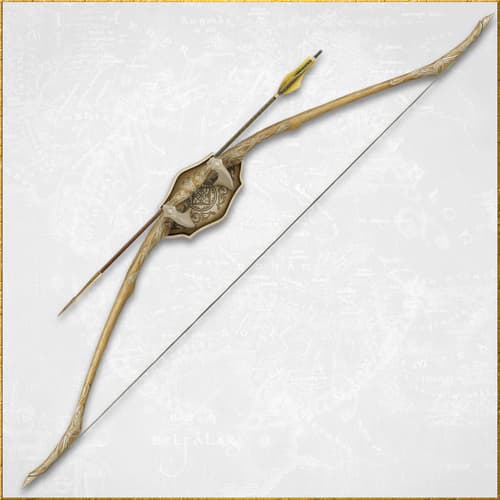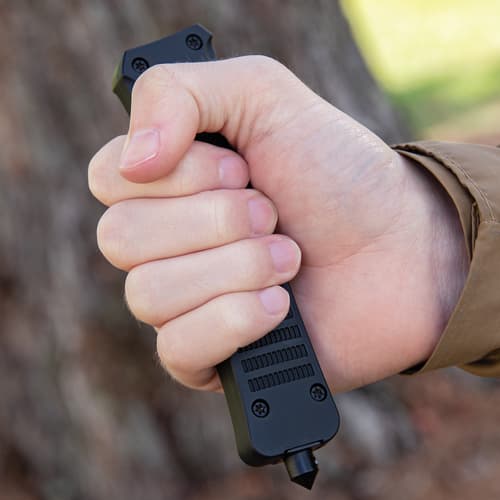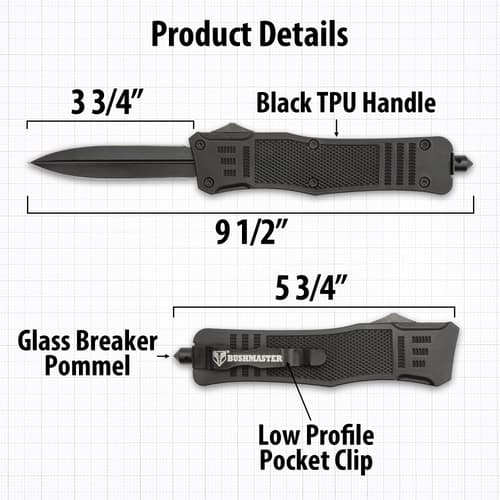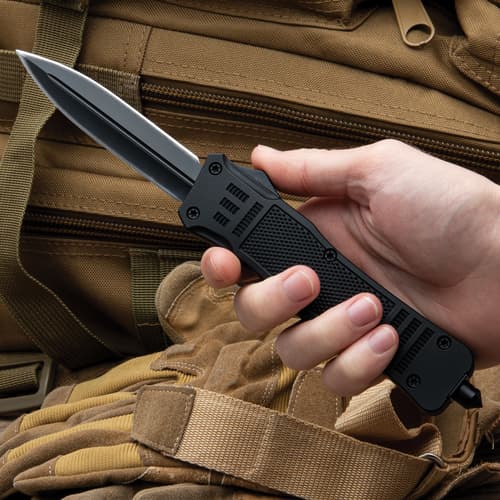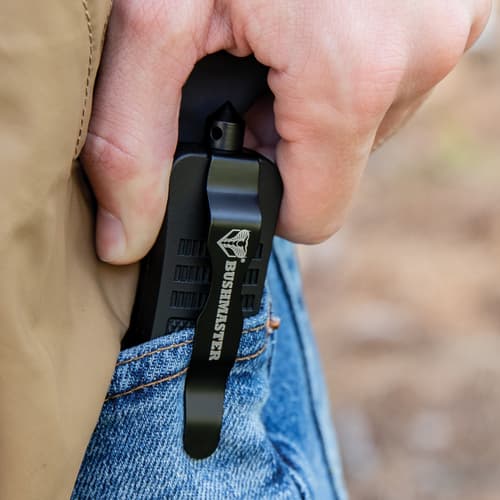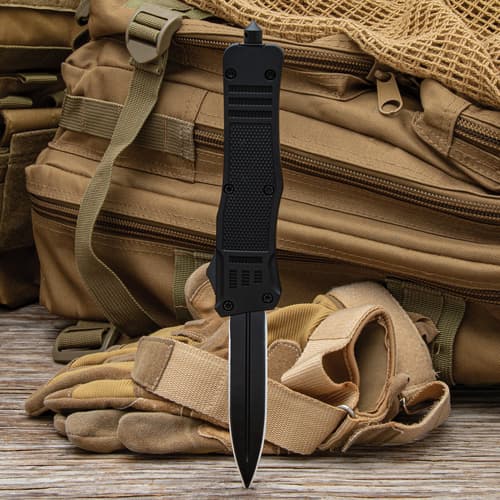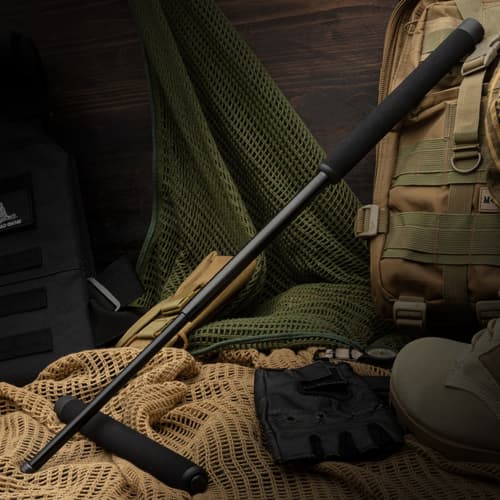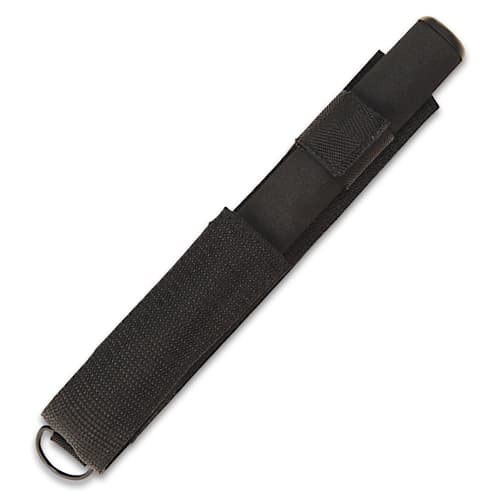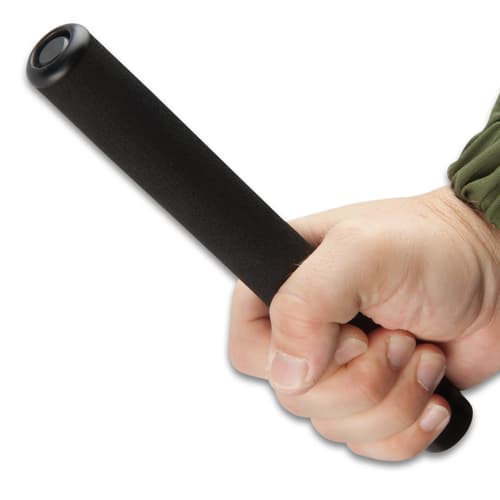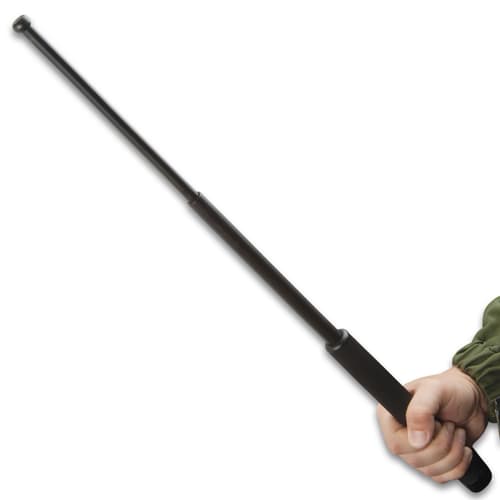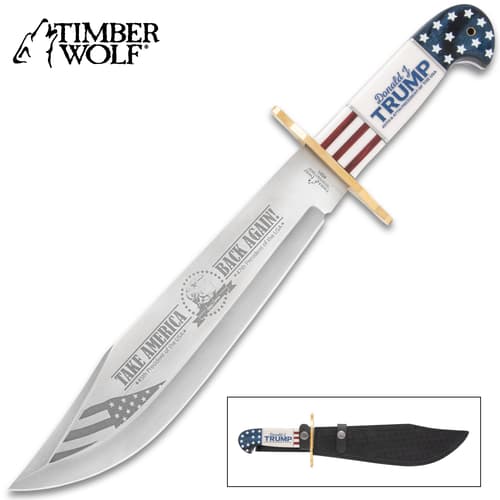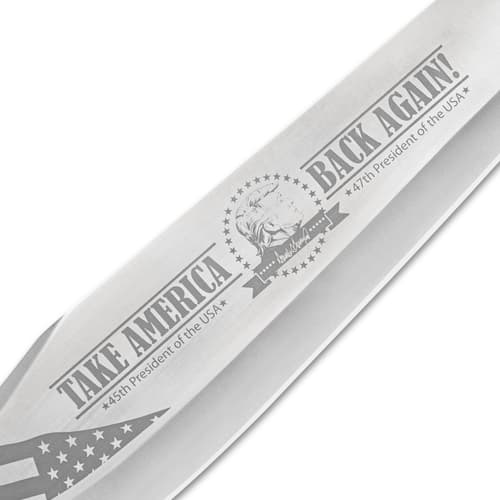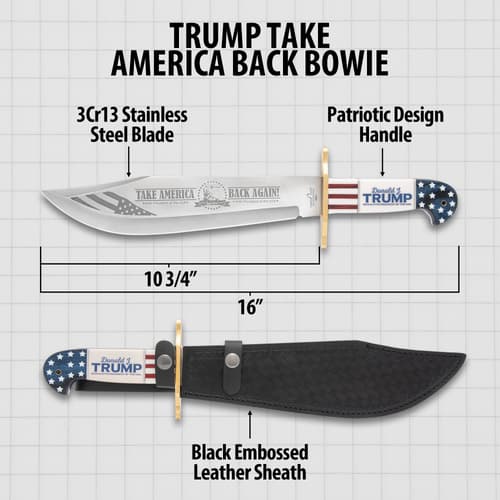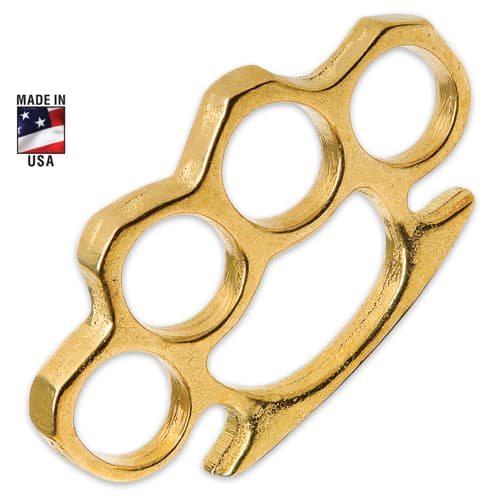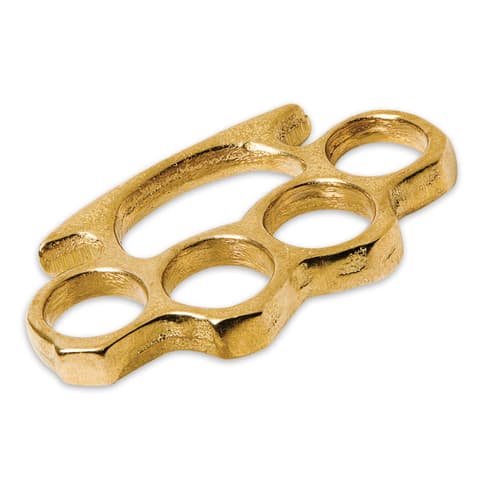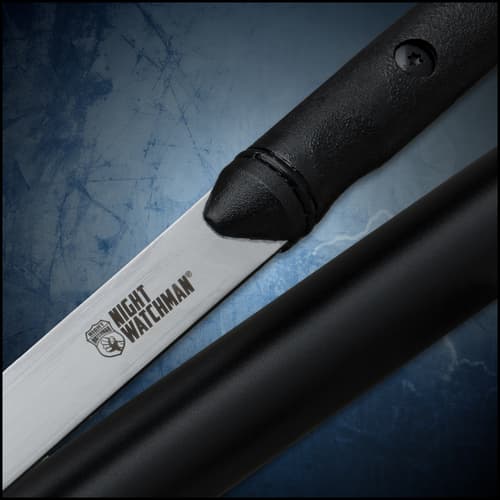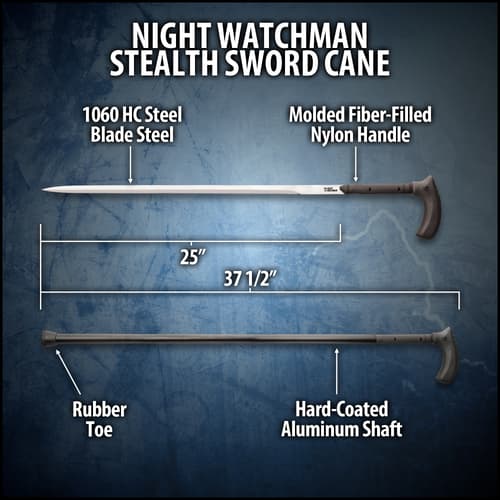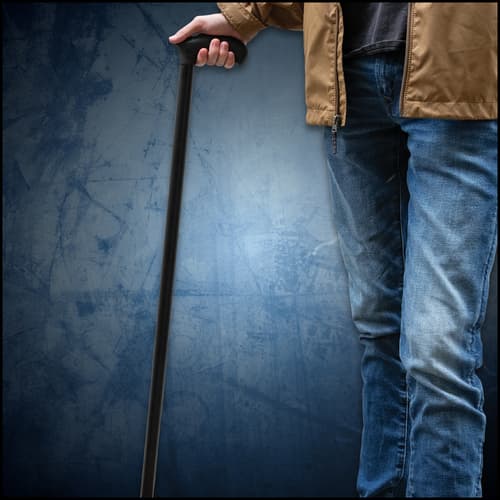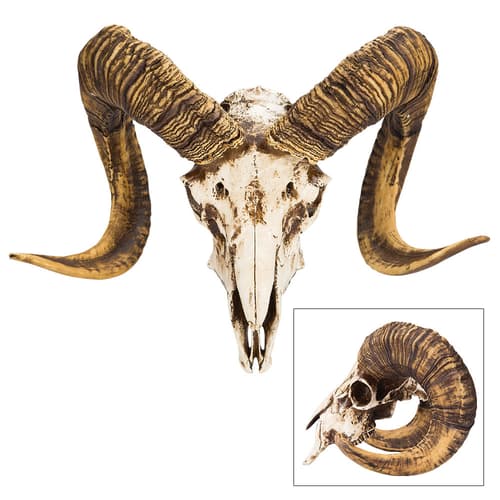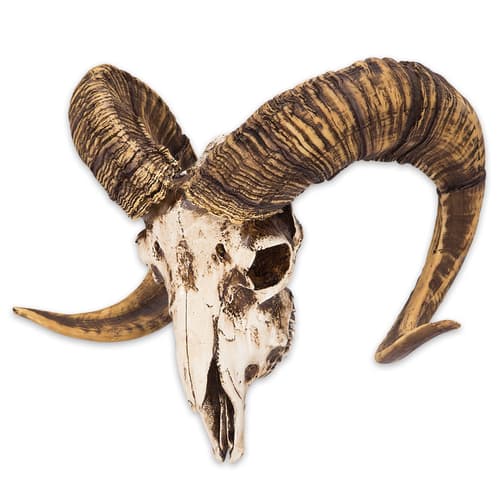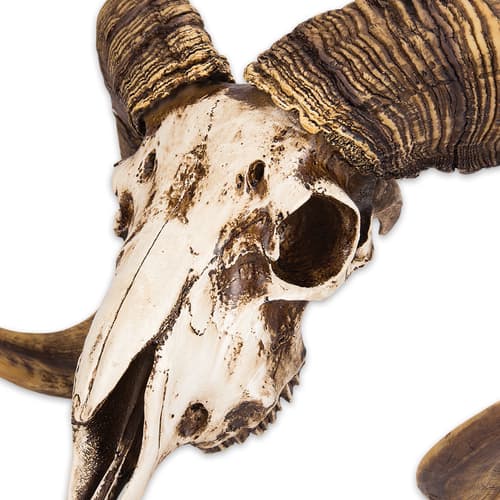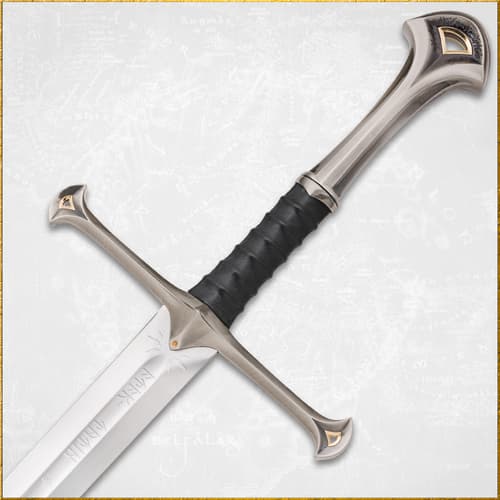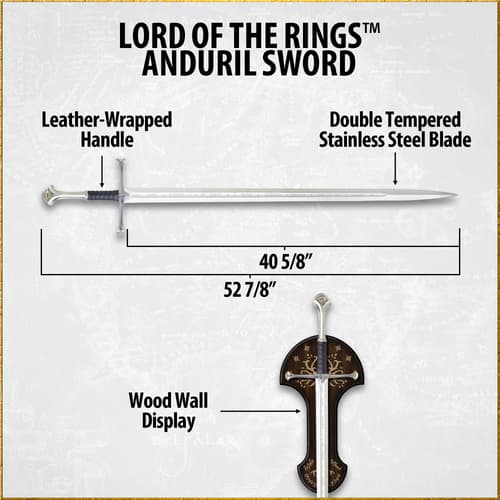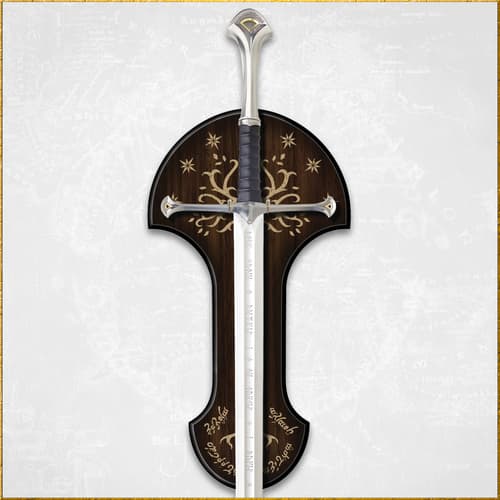What’s The Best Machete For Clearing Brush?
Date Published: 2021-10-13

By Adelia Ladson
A Brief History Of The Machete
Today’s machetes have their beginnings in ancient Greece’s kopis, the falchion of the Medieval Age, the Germanic seax and the dao of Chinese tradition. The broad-bladed, heavy fixed blade knife found its way into cultures all over the world as a tool, especially, in agriculture. Each culture gave it their own design, but the basic characteristics remained the same. It has a wide, full-tang blade with handle scales attached to the tang and it’s from 12” to 18” in overall length.What Is A Machete Used For?
Acting as both a knife and an axe, the machete is one of the most versatile fixed blades that you can have in your possession. They come in a variety of styles from survival and self-defense to tactical and utility. They are used for a wide variety of uses like cutting vegetation on an overgrown trail, cutting sugar cane, clearing brush, chopping kindling for fire and even splitting fruit (think coconut). So, when you’re shopping for a machete, the first thing to consider is exactly what you’re going to be using it for the most. Here, I’m focusing on clearing brush and which machete design is the most efficient for that task.What To Look For
There are things that you need to look for when shopping for a machete, based on what you’ll be using it for the most. There are some characteristics that make some machetes more capable of tackling brush on your property or on the trail. FYI: In case you need clarification, “brush” is a grouping of vegetation that mostly has shrubs and nuisance bushes, along with tall grasses and vines like poison ivy or honeysuckle.Blade Shape
The shape of the blade is the most important because it is what determines what tasks the machete is best suited for. Different blade profiles are better for specific tasks like cutting and slicing or chopping and hacking. Blades with weight-forward designs like parang and bolo give you maximum swinging power for cutting vegetation. Blades with hooks on the spine, like the cane hook machete, allows you to pull away vegetation after cutting it.Steel Type
Steel type is important when choosing a machete because you need to consider the environment that you’ll be using it the most in and the wet or dry conditions. It’s a reality that all steel can rust when exposed to moisture but there are some types that are most rust-resistant than others. Stainless steel has chromium as a major ingredient, making it more corrosion-resistant. A high carbon steel is less rust-resistant but more wear-resistant. So, you’ll need to make sure that you store it well and be a little more vigilant about keeping it dry.Handle Grip
Choosing the right handle grip is the difference between efficiently getting a job done and ending up in the emergency room. A “no-slip” grip is essential because accidents can happen where someone loses their grip on the machete, and it flies back and hits them. You also want it to feel comfortable in your hand to offset the strain if you’re going to be using it for long periods of time. Look for a handle that has either a textured or contoured grip that fits securely in your palm. Grips made of TPR (thermoplastic rubber) are great for use in all-weather conditions and usually come with heavy texturing. Wooden handles are found on more traditional-style machetes but, as long as, they have a finger-grooved or contoured shape, they’re fine, too.Top Machetes For Brush Clearing
Here are a few of your best machete options for effectively clearing away brush. Each has a beefy blade, giving you plenty of real estate for slicing and hacking away brush.Gavilan Colombian Cane Hook Machete
From the dense jungles of the Amazon basin to America’s suburban backyards, the Gavilan Colombian Cane Hook Machete makes quick work of thick brush, tall weeds and stout vines. It has a large blade of SAE 1074 high carbon steel blade with a hook, for pulling on brush after it’s been cut, built into the spine. The contoured, hardwood handle is perfectly balanced with the blade and, at 21” overall, the cane machete is amply sized for any cutting job without being too cumbersome. You’ll be amazed at how much you’ll come to rely on the Gavilan Colombian Cane Hook for a number of tasks on your property.Colombian Raptor Machete
Brave your backyard or the wild with the Colombian Raptor Machete! It has a ferocious premium stainless steel blade, which has a sawback and gut hook. The hefty ABS handle is built to last and gives you a firm grip when you’re working the blade, whether you’re chopping or sawing. A sturdy nylon belt sheath protects the blade and lets you conveniently carry the 18” overall machete anywhere you need it to do a job.Bushmaster Kukri Machete
The Bushmaster Kukri Machete is an innovative spin on a centuries-old, tried-and-true design. The distinctively curved kukri blade is legendarily versatile - as adept at chopping wood as it is clearing brush and slashing through tall weeds. The blade’s weight-forward profile beefs up swinging momentum and the sawback serrations along the blade spine let you use it as a sawing tool, as well. The tough, high-impact TPU handle with its rubberized grip gives you a slip-free hold even in the worst weather or environmental conditions. Easily store the 18” overall machete in its zippered, nylon sheath.A Machete For Your Backyard Battle
$69.99
